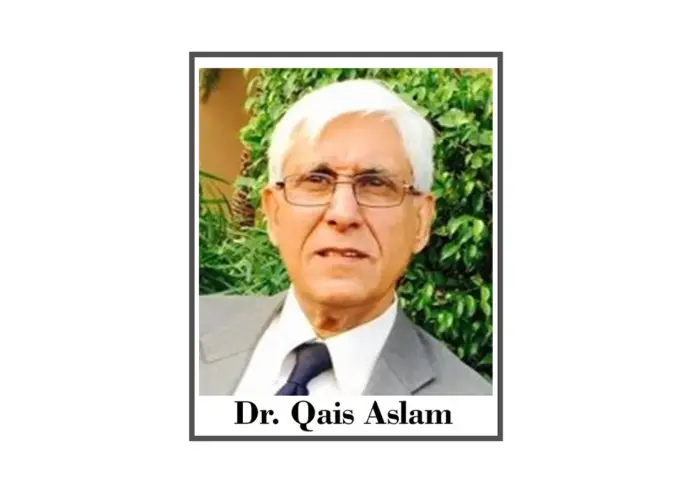UN Sustainable Development Report on Goal 3 (Good Health) states, “Ensuring healthy lives and promoting well-being at all ages is essential to sustainable development. Currently, the world is facing a global health crisis unlike any other – COVID-19 is spreading human suffering, destabilizing the global economy and upending the lives of billions of people around the globe.” The goal 3 includes basic measures in each country to be enforced on Child Health to ensure that children under 15 years should not die of curable diseases, that there is no malnutrition and stunting in children, that all children are inoculated against the “common childhood illness such as diarrhea, pneumonia, and malaria. Nutrition-related factors contribute to about 45per cent of deaths in children under-5 years of age”. It aims to ensure that Maternal Health is protected, that serious diseases like HIV/AIDS, malaria, TB and now COVID-19 and other diseases are curbed and prevented from spreading, that each country should have an affordable-for-all health system and that per capita doctors, nurses, dentists and paramedical staff should be available at the lowest lever of the health care system. It also aims to ensure that each country should spend adequate amount of money for healthcare on its population, especially women and children as well as its productive labor force.
Why health is important? As it not only pertains to the prevention of suffering of human beings and their loved ones, it also pertains to the longevity of life itself, and the economic productivity of human beings, their capacity to earn a living for their family’s lifestyle and at the same time, pertains to the cost of medical treatment that has to be ensured if someone’s health deteriorates due to natural or accidental causes.
The issue of health has two parts. One, preventive measures that have to be in place so that ordinarily the health of the population does not deteriorate under normal circumstances, especially by curable or infectious diseases. Two, curative measures that have to be in place so that those not so lucky to be infected by disease can be detected properly and subsequently cured at minimum costs to the individual, family and the society.
Pakistan with a population of 230 million people, 30% of which are children and 45% female, is a low middle income country where the health system has many adverse issues of misgovernance and malpractices.
Health costs of hospitalization and medicines are so high that an individual, private institutions and even governments cannot sustain these costs, especially for cancer, HIV etc. There are examples where even a family with relatively high-income levels slides into poverty when one of the family members has cancer or other such deadly disease, where the poor can only see their loved ones suffer and die because they cannot afford the cost of healthcare. Public sector health, although inefficient is still the answer to the problems of the poor and the middle classes. Not only a family is deprived of income of the bread earner, when he or she is hospitalized, another family member has to leave home or work in order to sit and care for the sick and infirm at the clinic or hospital, thus taking away the work hours of two or more people, because the health system in the country is such that caretakers at the wards are overburdened, inefficient and even uncaring in a lot of incidences.
The issue of lack of preventable disease control is the number one problem, especially in rural areas of Pakistan. Throwing of unadulterated industrial, agricultural as well as municipal waste in the rivers and water channels has created pollution levels that have poisoned the drinking water systems for the country where a vast majority of the population is deprived of clean drinking water resulting in an increase in hepatitis, and other such diseases in the country, especially among the poorer section of the society depriving them of strength and much needed income for a healthy sustainable living. Even today, a large portion of the children in the country have not been inoculated against a package of curable diseases and Pakistan is among the two countries where polio is still endemic along with Afghanistan.
Health under 18th Amendment is a provincial subject, although the policy has to come from the federal government. Health is both in the public sector, as well as the private sector, with many provincial governments advocating public-private partnerships. The upper tier of Teaching Hospitals in the federal and provincial capitals are state-of-the-art in the public as well as private sector. Many health specialists of world class level are employed in the public sector hospitals, but also have private practices and therefore there is serious conflict of interest at the cost of patients. Far flung areas are deprived of this world class health facilities. Many hospitals have technology, but few specialists to run these machines and equipment. The nurse-doctor ratio is also not up to the mark and the callousness of the medical staff in government run hospitals as well as some private hospitals increases the suffering of the sick and infirm. Cleanliness of the wards is appalling in many medical facilities that are rigged with corruption, pilferage and overall neglect. Researches show that in many a public as well as private hospitals, there is no proper way of disposing highly infected hospital waste, that is then dumped on the street for municipality to collect as ordinary waste. This leads to increase in disease among the poorer sections of the society. The practice of reuse of syringes and other such medical equipment in the wards is also prevalent in many a hospitals and clinics.
According to Economic Survey of Pakistan 2021-2022, for a population of 230 million, Pakistan had 1,276 hospitals, 5,802 dispensaries, 5,558 health centers, 780 maternity and child centers, 736 rural health centers, 416 TB centers, and approximately 147 thousand beds, 266,430 doctors, 30,501 dentists, 121,245 nurses, 44,693 midwives, and 22,408 lady health visitors. While the expenditure on Health by the government was Rs122,867 million as development expenditure and Rs534,318 million on non-development expenditures. On average, doctor’s consultation fee was the highest in Peshawar at Rs640.5 per patient and the lowest – Rs138.0 – in Hyderabad, or an average of Rs330.5 for Pakistan where the minimum wage is Rs833.33 per day (Rs25,000 per month) [Source: (Eco-11.pdf)]. To be pointed out is that specialists in Pakistan charge between Rs2000 to Rs5000 per consultations and charge hundreds of thousands of rupees per operation in the private sector hospitals and many a patients cannot afford the ever-increasing cost of medicines especially for life-threatening diseases.
According to Pakistan’s SDG Report 2021, the maternity-mortality ratio in the country was 1,000 pregnancies-186 deaths; in the Punjab, 157 deaths; in Sindh, 224 deaths; in KP, 165 deaths; in Balochistan, 298 deaths; in AJK, 104 deaths; in GB, 157 deaths. Under 5 child mortality rates in the country were: 62 deaths per 1000 births; in urban areas, 49 deaths per 1000 births; in rural areas, 67 deaths per 1000 births. Sixty-six percent of all the population in the country were fully vaccinated through the national programs. [Source: https://www.sdgpakistan.pk/uploads/pub/Pak_SDGs_Status_Report_2021.pdf].
The PTI government successfully started the health card scheme that covered the cost of medical treatment of the population through their NICs. The scheme is not very functional in the country once the PTI government was ousted from power, although this scheme is still in force in the province where PTI is in the government – KP.
The remedy to the issue of making healthcare cheap and accessible to all is preventive health care, clean drinking water, pollution control, provision of health card, bringing down the cost of lifesaving and other medicines and drugs, work-based health insurance and an increase in health workforce, especially in rural and underdeveloped areas of Pakistan. The country has world class doctors, but the neo-capitalist approach of making money has made them forget the oath that they have taken to serve humanity in an efficient and humane manner. Also, the country needs to export the services of health workers through IT for earning foreign exchange without a need to leave the country. The salaries of doctors and nurses in far-flung areas should be more than in urban centers, so that these health workers have an incentive to go and serve the general population in these areas.







